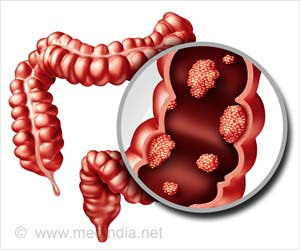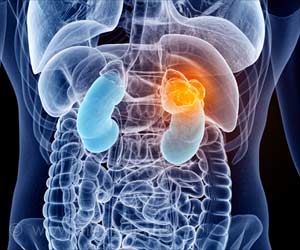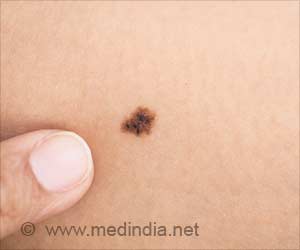
‘Adolescents and young adults diagnosed with acute lymphoblastic leukemia (ALL) or acute myeloid leukemia (AML) who were treated at specialized cancer centers had better outcomes than their peers who were not treated at specialized cancer centers.’
Tweet it Now
The study is published in Cancer Epidemiology, Biomarkers & Prevention, a journal of the American Association for Cancer Research.Julie Wolfson, assistant professor in the Division of Pediatric Hematology-Oncology and member of the Institute for Cancer Outcomes and Survivorship at the University of Alabama at Birmingham, said, "A much smaller percentage of AYAs with cancer are treated at specialized cancer centers than children with cancer. We wanted to understand whether this difference in the site of cancer care is associated with the difference in survival outcomes."
How the Study Was Conducted and Results: Wolfson and colleagues used data from the Los Angeles County Cancer Surveillance Program to identify patients diagnosed with ALL or AML from ages one to 39. Patients were considered to have been treated at a specialized cancer center if at any age they were cared for at any of the National Cancer Institute-designated Comprehensive Cancer Centers in Los Angeles County or if at the age of 21 or younger they were cared for at any of the Children's Oncology Group sites not designated a Comprehensive Cancer Center.
Included in the analysis were 978 patients diagnosed with ALL as a child (ages one to 14), 402 patients diagnosed with ALL as an AYA (ages 15 to 39), 131 patients diagnosed with AML as a child, and 359 patients diagnosed with AML as an AYA. Among these groups, 70%, 30%, 74%, and 22% were treated at a specialized cancer center, respectively.
Five-year relative survival rates declined with age for both ALL and AML.
Advertisement
They found that AYAs diagnosed at ages 15 to 21 and 22 to 29 who were treated at specialized cancer centers had comparable overall and leukemia-specific survival to children diagnosed with ALL from ages 10 to 14 and treated at a specialized cancer center. Using the same referent population, AYAs in these age groups who were not treated at specialized cancer centers had an approximately two-fold increased risk of death. AYAs diagnosed at ages 30 to 39 had an approximately three-fold increased risk of death irrespective of where they received care.
Advertisement
Among AYAs ages 21 to 39, those who were uninsured or publicly insured had a more than 70% lower likelihood of being treated at a specialized cancer center compared with those who had private health insurance.
Author Comment: "We found that AYAs diagnosed with ALL from age 15 to 29 or diagnosed with AML from age 15 to 21 who were treated at specialized cancer centers had better outcomes than their peers who were not treated at specialized cancer centers when each group was compared with children treated at specialized cancer centers," said Wolfson. "These data suggest that treatment at a specialized cancer center can mitigate the poor outcomes in younger AYAs compared with children. We were also able to identify some barriers to being treated at specialized cancer centers for AYAs, which we hope can be used to address the gap in provision of high-quality cancer care to a vulnerable population."
"The fact that the older AYAs did not appear to benefit from treatment at a specialized cancer center suggests to us that the biology of the disease in these patients differs from that in younger individuals," continued Wolfson. "The most important thing we can do to help these patients is to enroll them on clinical trials so that we can better understand the biology of the disease and its response to therapy."
Limitations: According to Wolfson, the main limitation of the study is that the data were obtained from a cancer registry, which does not provide detailed information about each patient's treatment regimen or the features of their disease.
Source-Eurekalert












